How to Make Your Computer Run Games Faster Windows 10

Edited by
January 13, 2020
How to Optimize Windows 10 for Gaming
Today, Windows 10 is the gamers' favorite when it comes to operating systems. Microsoft has done a great job of optimizing the OS and adapting it to the needs of the gaming community. Windows 10 offers better game performance and faster frame rates. It serves as a base for the best graphic drivers on the market, which is crucial when it comes to gaming. It supports native games, as well as retro ones, and it supports Xbox streaming with the Game DVR feature. It even has a Game Mode: a special optimization of settings to speed up your PC.
But it's not quite that simple. To benefit from all Windows 10's possibilities, boost your gaming experience and make your games run faster, you need to know how to optimize your PC for gaming.
Looking for an app to record your gameplay? Try Gecata by Movavi – an easy-to-use screen-recording program for Windows.
How to Improve Gaming Performance in 10 Easy Steps
Here's our quick guide to setting up your PC for gaming: you'll learn which tweaks and updates to make and which settings to disable to make your Windows 10 faster for gaming.
Use Windows 10 Game Mode
Here's a quick and easy way to optimize Windows 10 for gaming using a tool that's built into the system. Game Mode appeared in the most recent releases of the OS and is designed to improve the gaming experience by dedicating more system resources to games. It also prevents other programs, such as Windows Update, from hogging system resources while you're playing.
To locate the Game Mode settings, press Windows key + I, type "game mode" in the search box and click Control Game Mode for optimizing your PC for games.
In the menu that opens, click Game Mode. Switch to On to turn Game Mode on. If your PC supports Game Mode, the system will optimize your PC gaming performance.
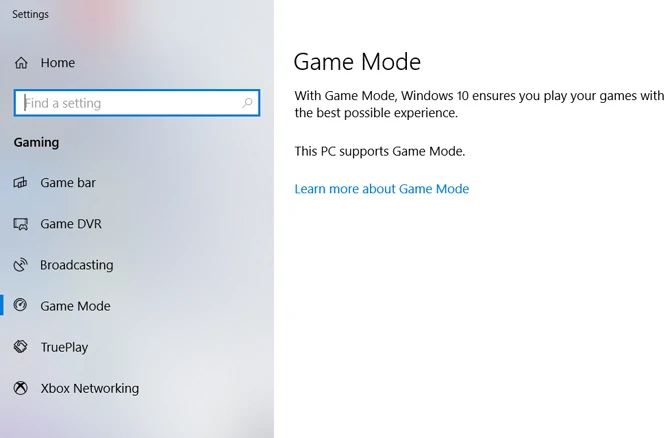
If you can't find these settings, it means the latest Windows Creators Update is not installed on your PC.
Go for an SSD
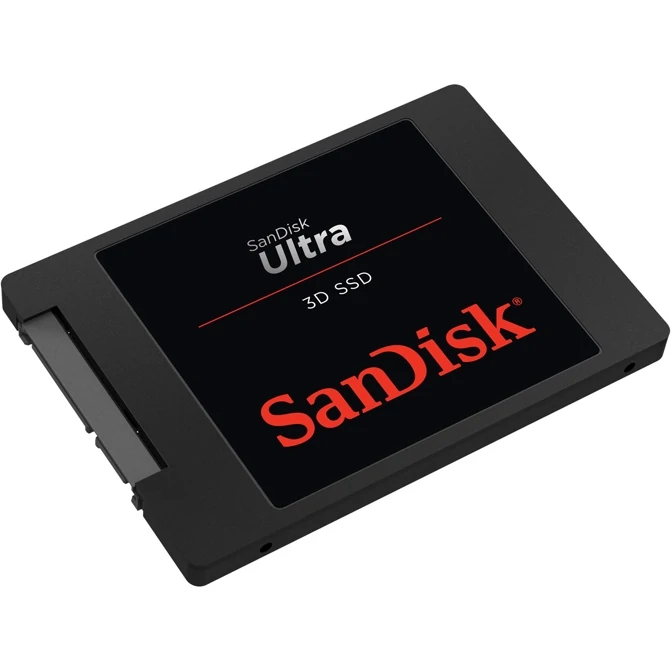
Upgrading from an HDD to an SSD won't drastically improve your game performance, but it can help you reduce loading times significantly. It is true that SDDs can be quite expensive and it may seem that loading times is not such an important issue to invest your money in. But while it is probably not the first thing to think about when speeding up your laptop, it is not the last either. Today's games take more and more disk space, so if you want to play the latest ones, changing from an HDD to an SSD can be a real time-saver and your game loading times can go down from 30-40 seconds to 2-3, which is pretty significant.
As for the money side of things, if a big SSD for both your OS and games is too expensive for you, just get one small SSD for your OS, and keep a big HDD for games.
Manage Your Active Hours
Yes, Windows 10 can install updates and reboot your computer in the middle of your gaming session without so much as an "excuse me". Ouch. That can be disappointing, to say the least, especially if you're a competitive gamer and your unplanned exit may affect your teammates or ranking.
But even without such "in-your-face" restarts, which are actually quite rare, the downloading of updates on the background limits your connection speeds and takes up working memory on your PC.
While your first reaction might be to completely turn off automatic updates, we would advise against it. Windows' aggressive updating without asking permission is the way it is because in earlier versions users wouldn't update of their own volition and so their systems were regularly exposed to cyber threats. Remember that Windows auto-updates are there not only to ruin your raid, but also to protect your system, keep it up-to-date and working optimally.
So, another "softer" and far more intelligent solution is to set your active hours appropriately. You can specify your gaming and working schedule in Windows and prevent the OS from downloading updates during those times. Windows will then use your non-active hours to update and restart your system.
To set your active hours, hit Windows key + I, then go to Update & Security and click Change active hours. There you can set up to 18 active hours, leaving a gap of 6 (you have to sleep sometimes, don't you?) for Windows to install your updates.

If you're a night gamer or your sleeping hours vary dramatically so that you can't set a specific non-active time, we would advise you (aside from changing your sleeping habits) to make sure Windows reminds you every time it will want to restart so that, if it happens during your gaming, you can always delay it.
To do this, go back to Windows Update, click Advanced options and make sure the switch under "We'll show a reminder when we're going to restart" is turned on.
Disable Mouse Acceleration
This one has nothing to do with improving your PC's performance in gaming, but is rather a tip for you to enhance your personal gaming performance. Mouse acceleration is a setting that makes your mouse move based not only on detection of physical movements but also on speed. This option actually makes your mouse movements less accurate, as it adds an extra parameter to the movement that you convey to the mouse. Given how crucial precision is for accurate aiming in first-person shooters, if you're a fan of Call of Duty, Counter-Strike, or Overwatch type of games, you should definitely turn this off.
To do this, hit Windows key + I. Type "mouse pointer" in the search box. Choose Change the mouse pointer display or speed. In the window that opens, go to the Pointer Options tab and uncheck Enhance pointer precision.
Also, you may want to tweak the pointer speed slider to create a configuration that suits you best.

Tweak Your Visual Effects Settings
There are plenty of fancy visual effects in Windows 10 graphical user interfaces (GUIs). Nevertheless, those pretty background graphics, most of which are turned on by default, can affect the available processing power of your PC when a game is running in the foreground. So, one way to optimize Windows 10 for gaming performance is to sacrifice some, or even all, of those settings.
Once again, hit Windows key + I. Then, type "performance" and select Adjust the appearance and performance of Windows. In the window that opens, choose Adjust for best performance. Then, go to the Advanced tab and verify that the setting is applied to Programs.

If you want to keep at least the minimum of graphics so that your interface doesn't look so bleak, we recommend you keep at least these three options from the list checked:
- Show thumbnails instead of icons.
- Show window contents while dragging.
- Smooth edges of screen fonts.
Disable Nagle's Algorithm
Basically, Nagle's algorithm improves the efficiency of TCP/IP networks by creating bundles of data packets, thus reducing the number of packets that need to be sent over the network. That process affects your internet connection, making it less stable. Having this algorithm disabled on your PC may contribute to latency issues when playing games online.
Open your Windows Registry Editor by clicking Windows key + Q, typing "regedit" and clicking on the regedit file. Scroll down the HKEY_LOCAL_MACHINE menu to find the following path: \SYSTEM\CurrentControlSet\Services\Tcpip\Parameters\Interface. That'll lead you to the menu that comprises folders with many numbers and letters. To access the correct file, match your IP address to the listed DhcpIPAddress in one of those folders.
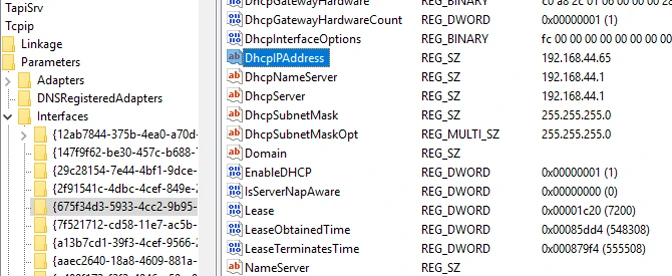
To find your IP address, press Windows key + X and follow these steps: Control Panel - Network and Internet - Network and Sharing Center - Connections - Details - IPv4 Address.
Now you can track down the folder with the proper IP Address. Right-click on that folder and select New - DWORD (32-bit) Value. You'll have to create two of those values: TcpAckFrequency and TCPNoDelay. Double-click on each of them and set both of their parameters to 1. The Nagle's Algorithm is now disabled.
Manage Steam Auto-Updates
The problem here is the same as with Windows Updates. Steam auto-updates all your games, even those you haven't played for ages. Updating in the background eats up your PC's memory and can slow down gaming processes.
To prevent Steam from updating games while you're playing, go to your Steam client and find update options in Steam - Settings - Downloads. Uncheck Allow downloads during gameplay.
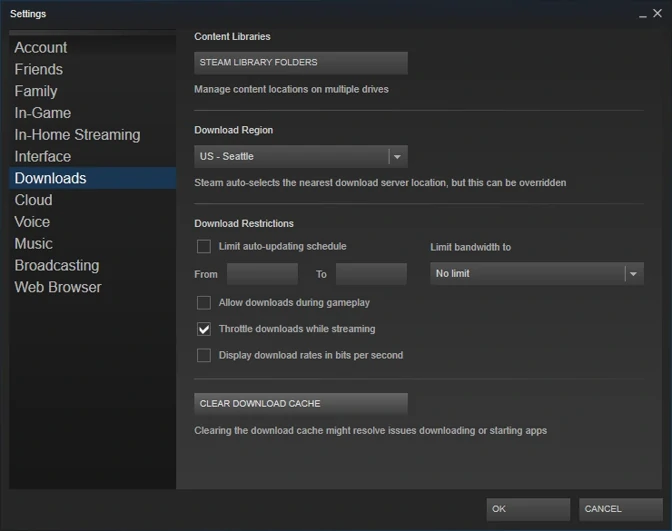
Also, games on Steam are being updated all the time, and it often happens that new bugs appear in new updates, or some things just stop working, so you may want to wait to hear what others are experiencing before updating a game yourself.
To roll a game version back to the one you need, open Steam, right-click on the game, choose Properties, and go to the Betas tab. Choose the desired version from the drop-down menu.
Use a High-Performance Power Plan
This might be a good solution if you're using a desktop PC rather than a laptop, because power plans were designed to better manage battery use on portable devices. Having no such limitations on a desktop PC, it is worthwhile opting for a high-performance power plan that keeps the CPU frequency high and makes your PC perform better while consuming more energy and increasing the temperature level.
To change your power plan, click Windows key + I, type "power" in the search box, choose Power & sleep settings and then Additional power settings. If you don't see a high-performance power plan on the left side of the screen, click Create a power plan and choose High performance.
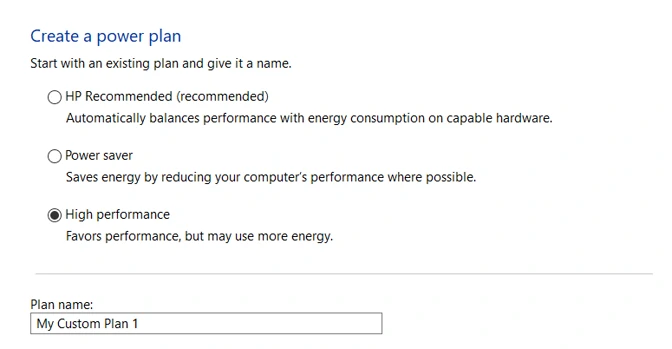
Keep Your GPU Drivers Updated
The GPU (Graphics Processing Unit) is crucial to your gaming experience and to your PC performance in games, but you need to keep your GPU drivers up to date to feel the benefit. What's more, an outdated driver may result in bugs, glitches and system crashes, so we recommend you take this issue seriously and take care of your drivers.
Although Windows 10 doesn't update your GPU drivers automatically, manufacturers often create special software in the form of GPU control panels that make regular checks for updates and notify you if a new update is available. Don't ignore these notifications, as the updating process takes little time and can save you plenty of trouble during gaming.
For example, depending on your GPU's manufacturer, you can download either Radeon Software Adrenaline or GeForce Experience. Both programs check for auto-updates and suggest powerful optimization options. Additionally, GeForce Experience includes game capture and streaming software and provides special Game Ready drivers, designed by NVIDIA in collaboration with top game developing companies.
You can update your driver directly from the Windows properties, but the safest way to get the latest driver is to go directly to the manufacturer's website, choose your GPU model, and check for updates.
If you don't know your GPU specs, right-click on the Desktop, choose Display settings, then Advanced display settings and click Display adapter properties.
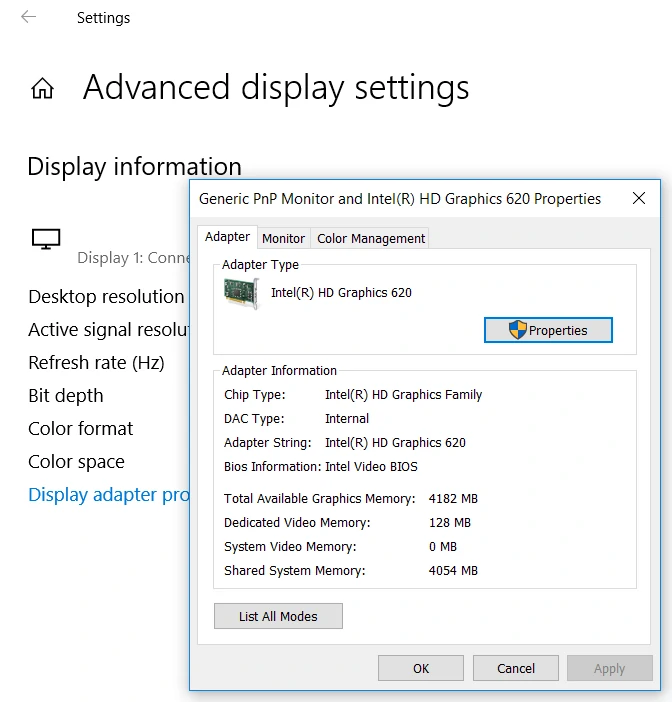
Here are some links to the most popular manufacturers' driver updates:
- AMD drivers
- NVIDIA drivers
- Intel Graphics drivers
Install DirectX 12
DirectX 12 is a real must-have for anyone serious about playing games on Windows 10. Put simply, DirectX is the application the game uses to communicate with your computer and tell it what to do. DirectX 12 is a great improvement over its predecessor, DirectX 11, introducing the ability of graphics cards to draw resources from more than one core of a PC's CPU, increasing frame rates, enhancing graphical effects and lowering power consumption. Tests have shown an 85-300% difference in gaming performance between version 11 and version 12.
That said, to benefit from DirectX 12 features the game needs to have been developed using this version. The good news is that the list of such games gets longer every day as more and more game companies adopt this version.
To verify that you have the latest version of DirectX, hit Windows key + R, type "dxdiag" and click OK. The DirectX Diagnostic Tool will open.
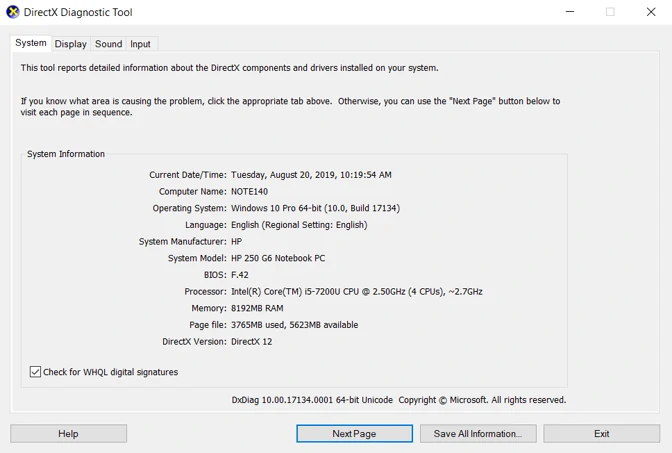
If you don't have DirectX 12, go ahead and install it; the process will take just a few minutes. Hit Windows key + I, choose Update & Security and click Check for updates in the Windows Update tab. Wait for the installation to finish.
How to Make Your Computer Run Games Faster Windows 10
Source: https://www.movavi.com/learning-portal/optimize-windows-10-for-gaming.html